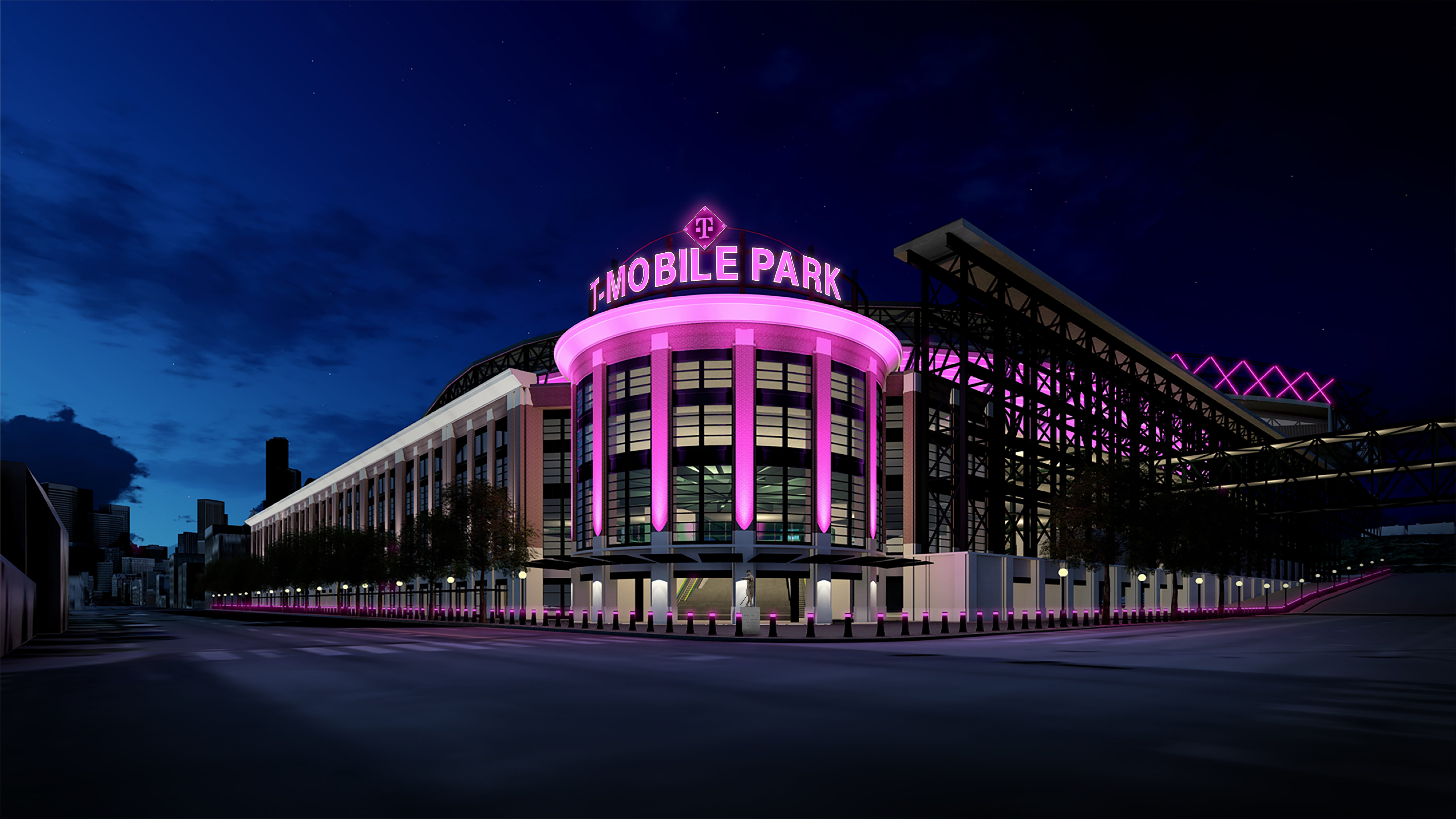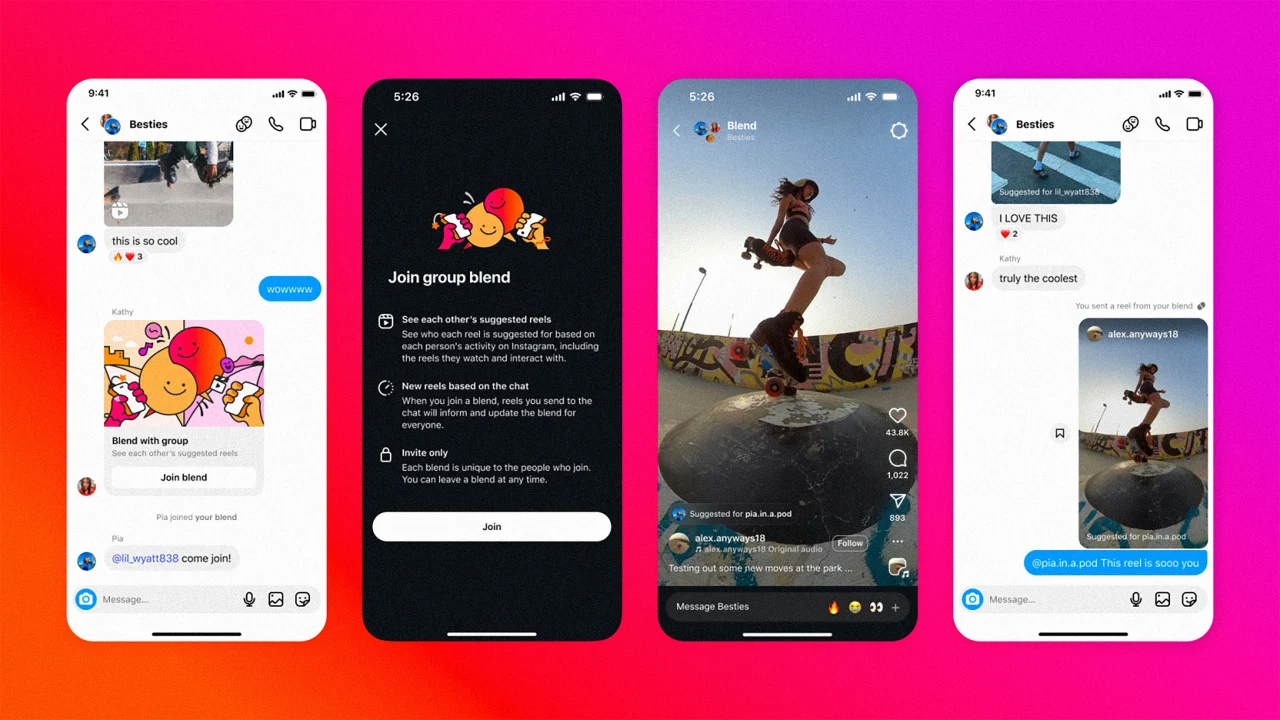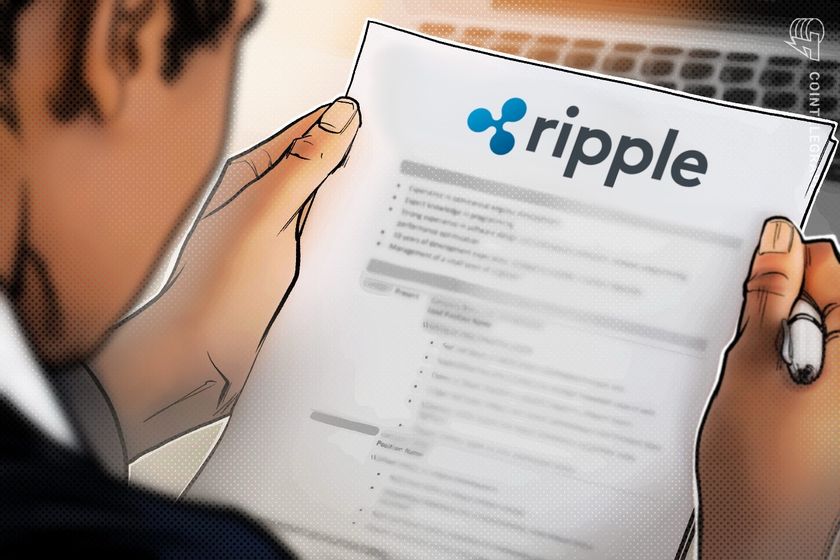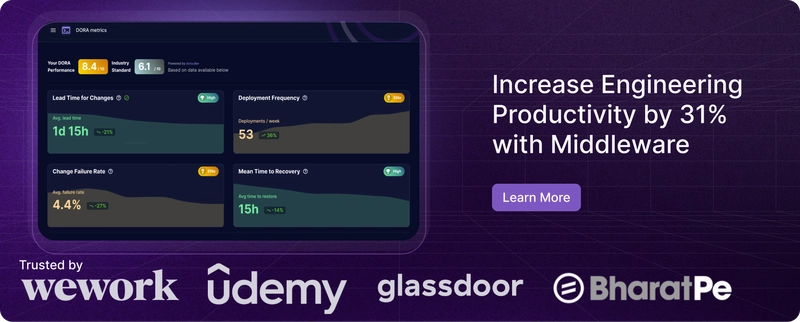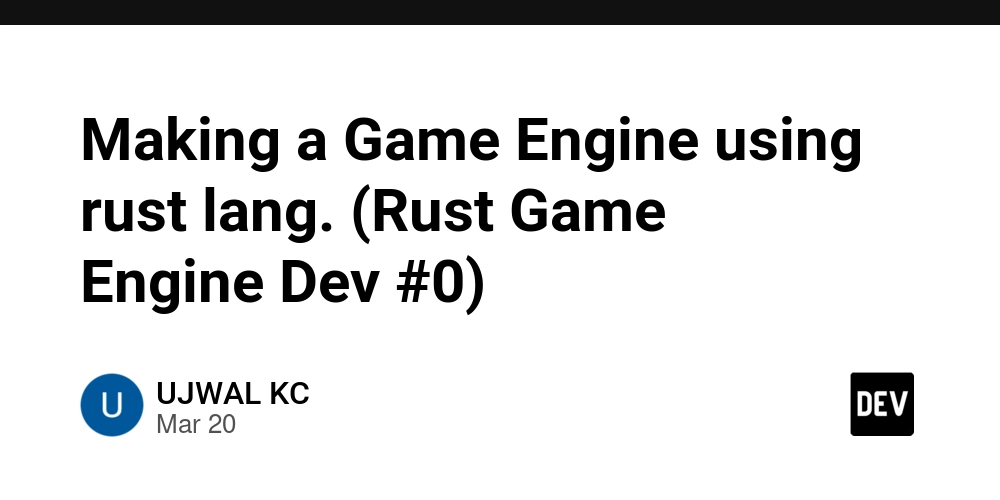Normal WordPress vs. Headless WordPress: What’s the Difference and Which Should You Choose?
Introduction: We've all heard about WordPress the CMS Tool and know what it does.But have you heard about the new trend ''Headless wordpress?'' So what’s the difference between the classic WordPress setup and this “headless” version that everyone’s talking about? And more importantly—which one is right for you? What Is "Normal" WordPress? Traditional or "normal" WordPress is what most people think of when they hear "WordPress." It’s the full package—a content management system (CMS) that lets you create, manage, and display content all in one place. You log in, write posts, install themes and plugins, and everything—from the backend admin panel to the frontend display—is controlled by WordPress itself. You’re using one system to both store your content and show it on the web. Pros of Normal WordPress: All-in-one: You don’t need to set up separate systems for content and frontend. Plugins galore: Thousands of plugins for SEO, forms, eCommerce, etc. Beginner-friendly: Easy to install and manage, especially with drag-and-drop themes. Fast to launch: You can get a site live quickly without much technical setup. What Is Headless WordPress? Now here’s where things get interesting. In a headless WordPress setup, you still use WordPress to manage your content (the backend or "body"), but you don’t use WordPress to display it. Instead, your frontend (the "head") is powered by a separate framework—like React, Vue, or Next.js. So in simple terms: Headless WordPress = WordPress CMS + Custom Frontend The data is pulled from WordPress using an API (usually REST API or GraphQL), and your frontend app decides how to show that content. Headless Pros: Build faster websites using modern frontend frameworks Serve content on multiple platforms (web, mobile apps, smart devices) Improve site security, since the frontend and backend are separated Scale more efficiently without being tied to PHP-based templates So... Which One Should You Use? It depends on your goals. If you're building a blog, portfolio, small business site, or even a basic eCommerce store, normal WordPress is likely your best bet. It’s easy, affordable, and well-supported. But if you need a high-performance site, want to serve content across platforms, or have a dev team in place, headless WordPress gives you the freedom and speed that traditional WordPress just can't match. Conclusion: Need help deciding or building either? Inbound Factor specializes in both traditional and headless WordPress development—tailored to your business and performance needs.


Introduction:
We've all heard about WordPress the CMS Tool and know what it does.But have you heard about the new trend ''Headless wordpress?'' So what’s the difference between the classic WordPress setup and this “headless” version that everyone’s talking about? And more importantly—which one is right for you?
What Is "Normal" WordPress?
Traditional or "normal" WordPress is what most people think of when they hear "WordPress." It’s the full package—a content management system (CMS) that lets you create, manage, and display content all in one place.
You log in, write posts, install themes and plugins, and everything—from the backend admin panel to the frontend display—is controlled by WordPress itself. You’re using one system to both store your content and show it on the web.
Pros of Normal WordPress:
All-in-one: You don’t need to set up separate systems for content and frontend.
Plugins galore: Thousands of plugins for SEO, forms, eCommerce, etc.
Beginner-friendly: Easy to install and manage, especially with drag-and-drop themes.
Fast to launch: You can get a site live quickly without much
technical setup.
What Is Headless WordPress?
Now here’s where things get interesting.
In a headless WordPress setup, you still use WordPress to manage your content (the backend or "body"), but you don’t use WordPress to display it. Instead, your frontend (the "head") is powered by a separate framework—like React, Vue, or Next.js.
So in simple terms:
Headless WordPress = WordPress CMS + Custom Frontend
The data is pulled from WordPress using an API (usually REST API or GraphQL), and your frontend app decides how to show that content.
Headless Pros:
Build faster websites using modern frontend frameworks
Serve content on multiple platforms (web, mobile apps, smart devices)
Improve site security, since the frontend and backend are separated
Scale more efficiently without being tied to PHP-based templates
So... Which One Should You Use?
It depends on your goals.
If you're building a blog, portfolio, small business site, or even a basic eCommerce store, normal WordPress is likely your best bet. It’s easy, affordable, and well-supported.
But if you need a high-performance site, want to serve content across platforms, or have a dev team in place, headless WordPress gives you the freedom and speed that traditional WordPress just can't match.
Conclusion:
Need help deciding or building either? Inbound Factor specializes in both traditional and headless WordPress development—tailored to your business and performance needs.












































































































































































![[The AI Show Episode 144]: ChatGPT’s New Memory, Shopify CEO’s Leaked “AI First” Memo, Google Cloud Next Releases, o3 and o4-mini Coming Soon & Llama 4’s Rocky Launch](https://www.marketingaiinstitute.com/hubfs/ep%20144%20cover.png)
















































































































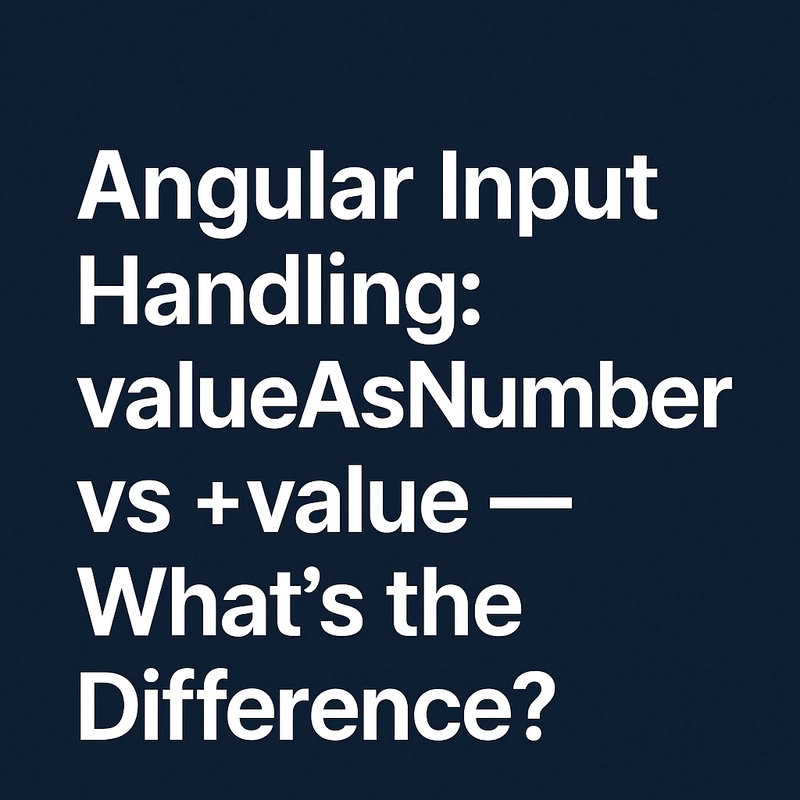
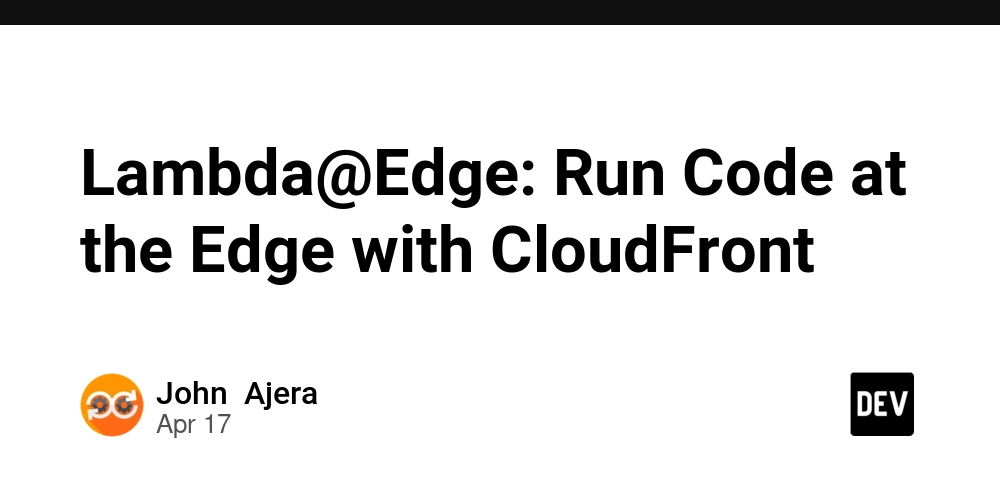






















































































![GrandChase tier list of the best characters available [April 2025]](https://media.pocketgamer.com/artwork/na-33057-1637756796/grandchase-ios-android-3rd-anniversary.jpg?#)






































































.webp?#)







































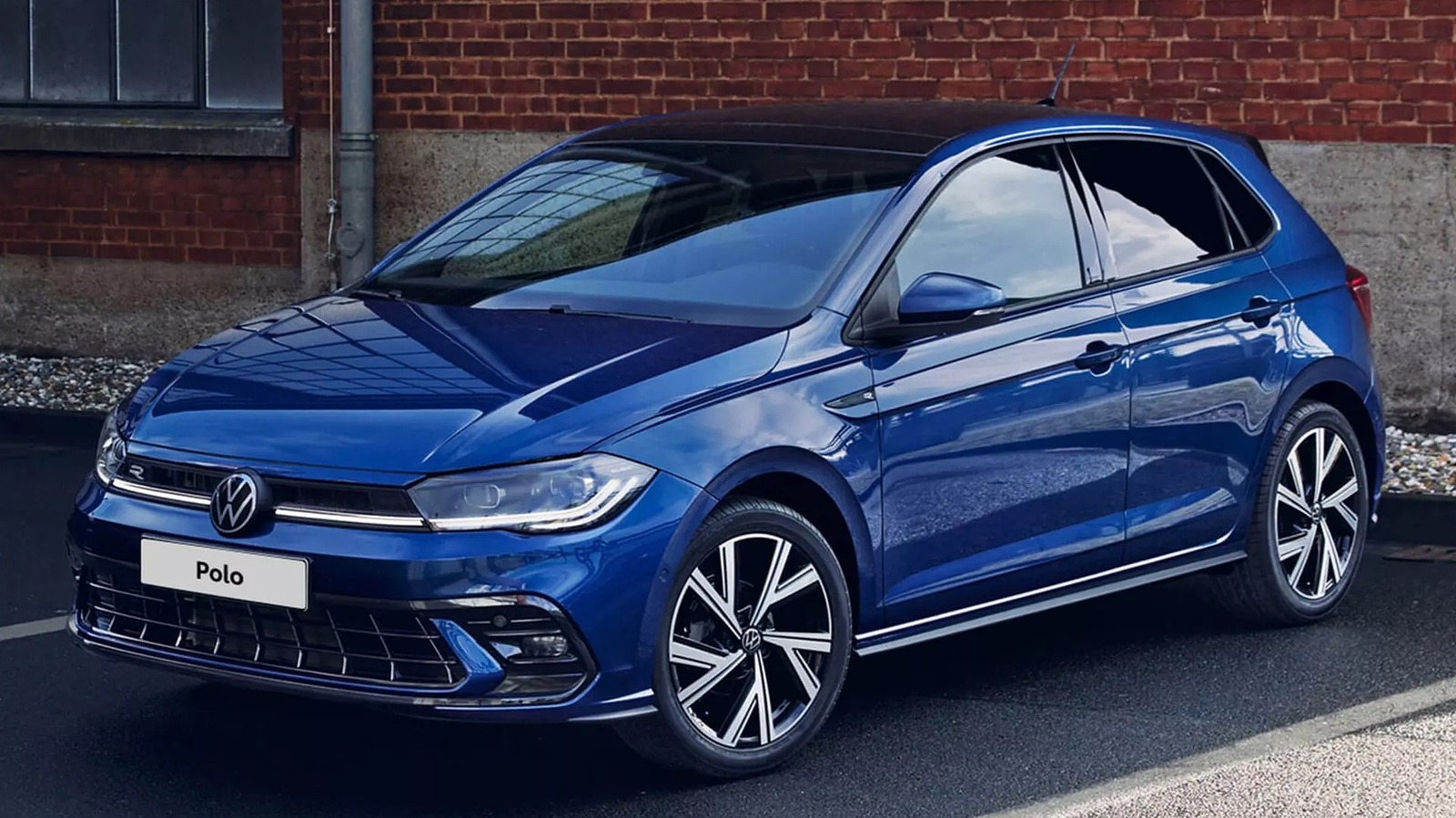




























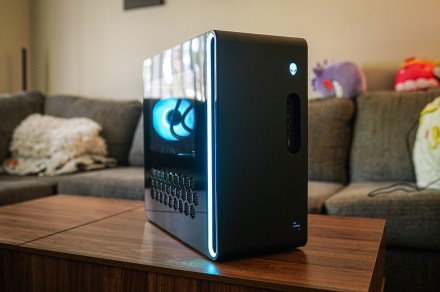








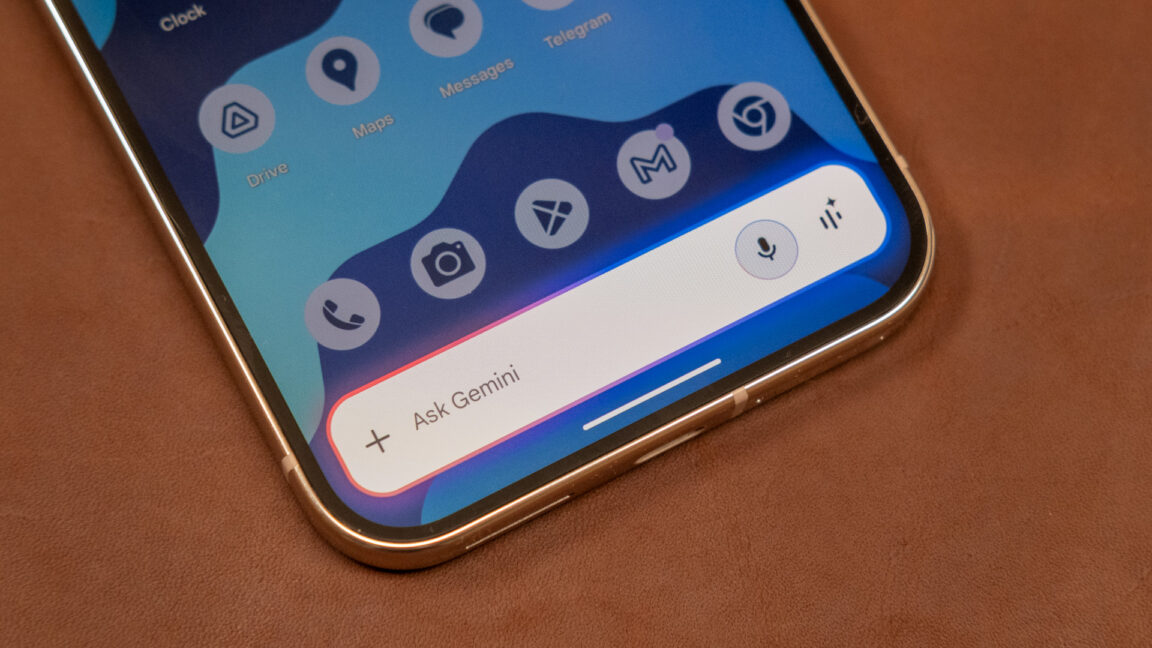
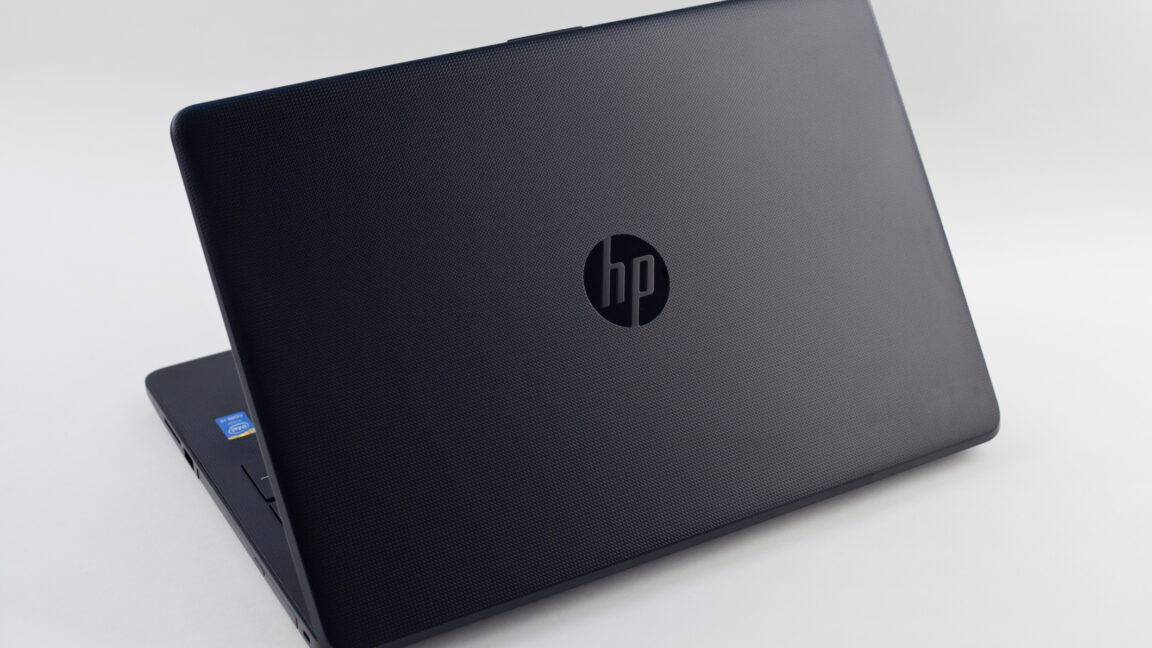




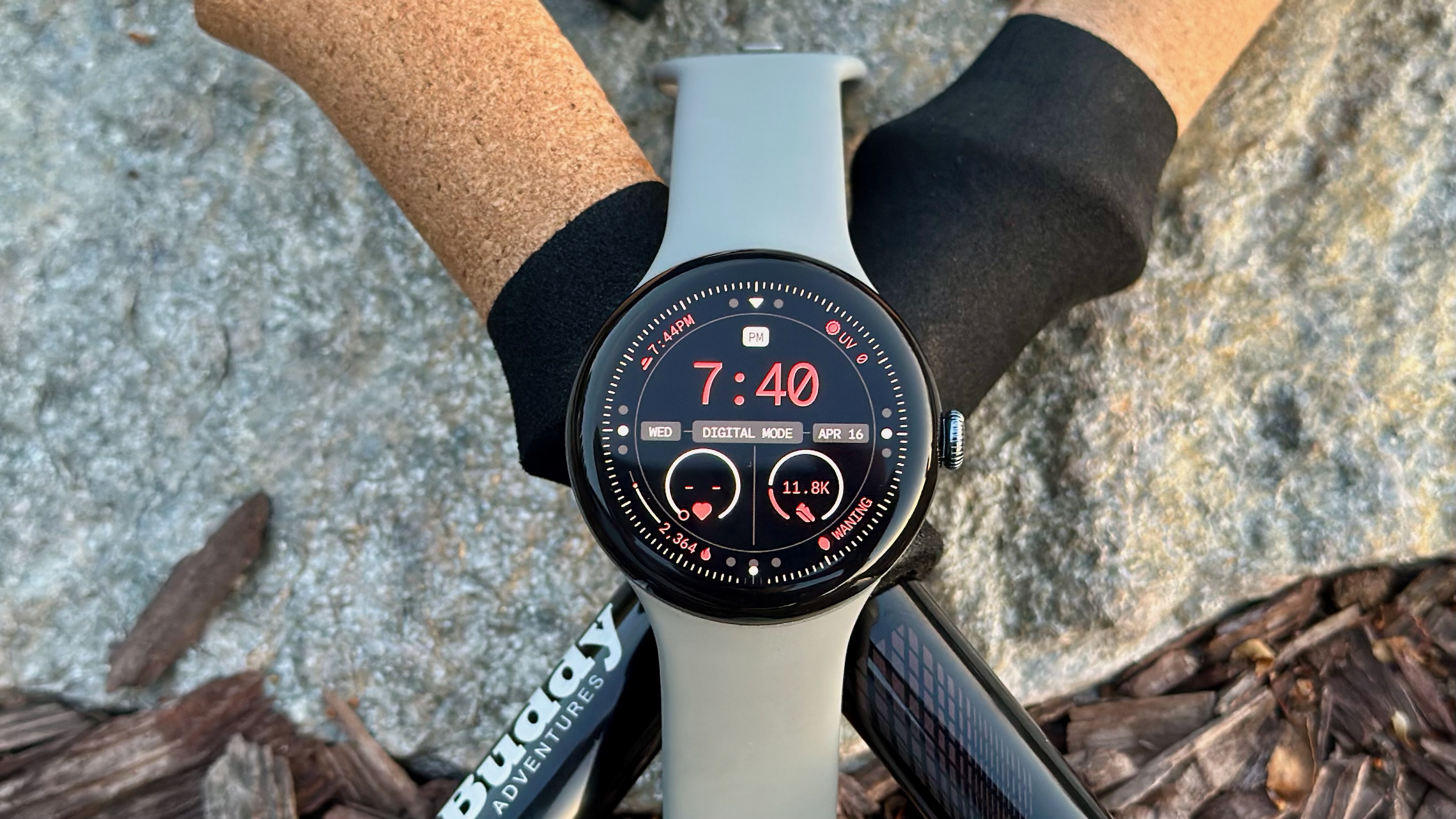





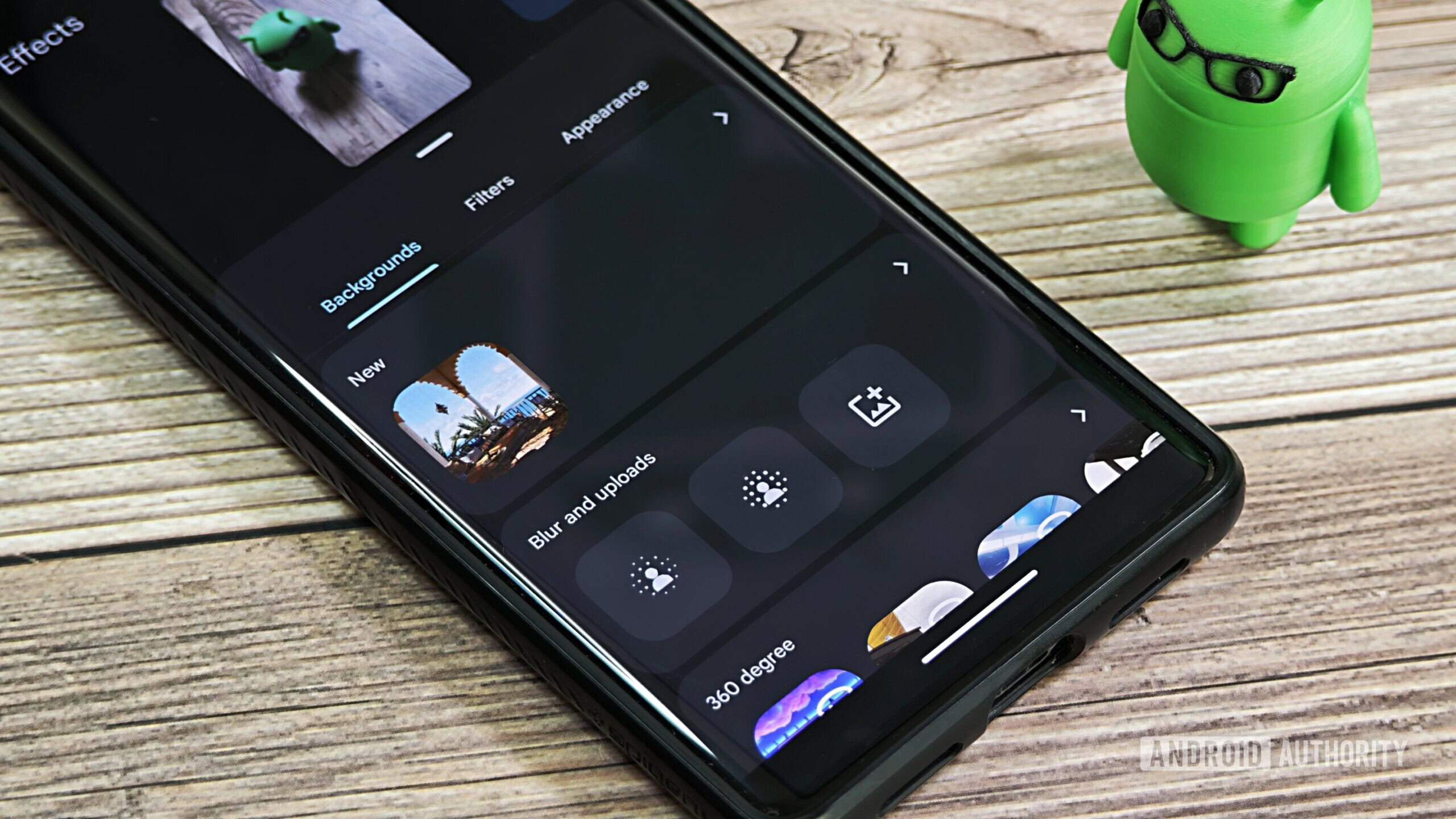





![Here’s everything new in Android 16 Beta 4 [Gallery]](https://i0.wp.com/9to5google.com/wp-content/uploads/sites/4/2024/11/Android-16-logo-top-down.jpg?resize=1200%2C628&quality=82&strip=all&ssl=1)











![New Beats USB-C Charging Cables Now Available on Amazon [Video]](https://www.iclarified.com/images/news/97060/97060/97060-640.jpg)

![Apple M4 13-inch iPad Pro On Sale for $200 Off [Deal]](https://www.iclarified.com/images/news/97056/97056/97056-640.jpg)
















































